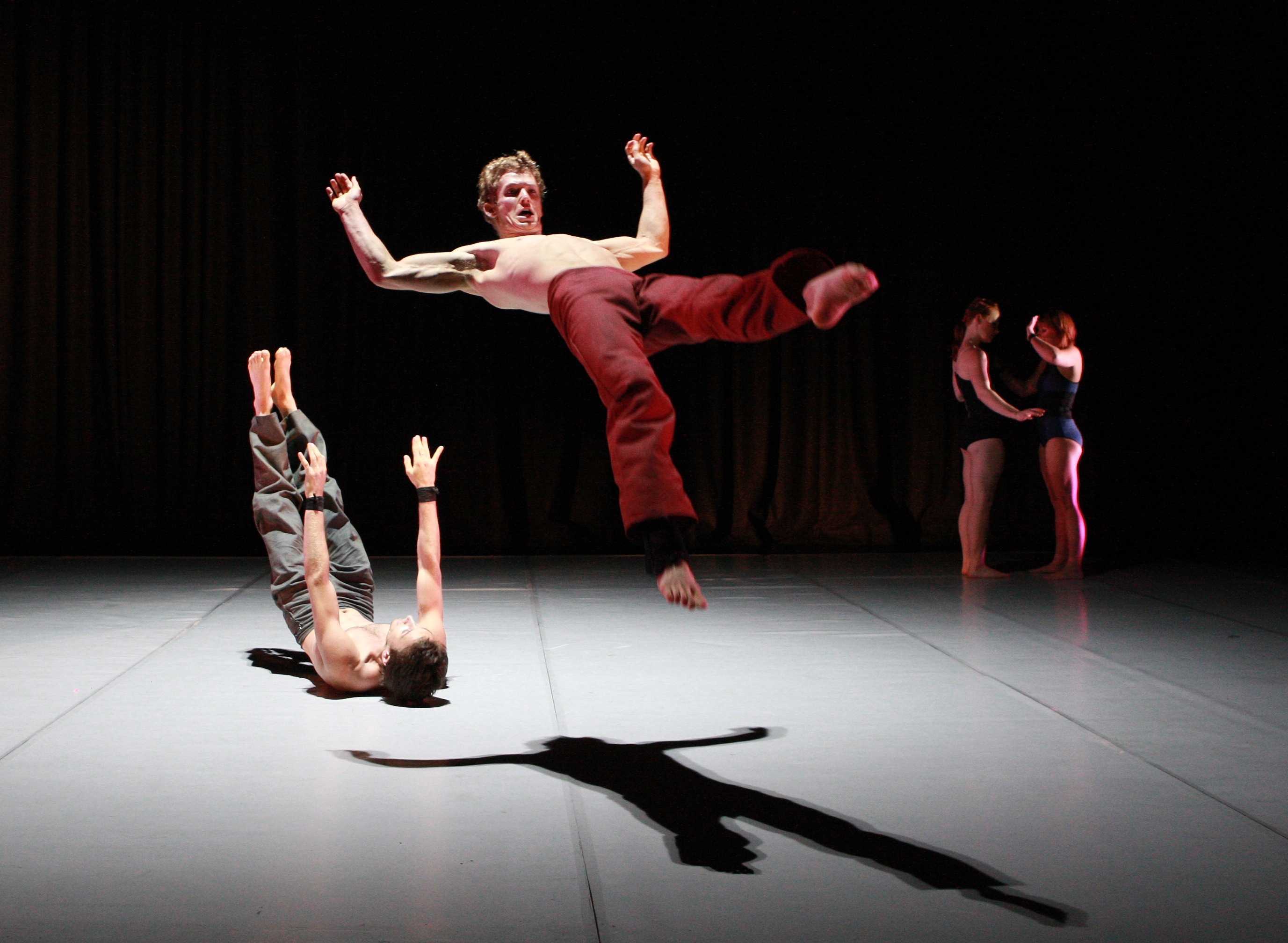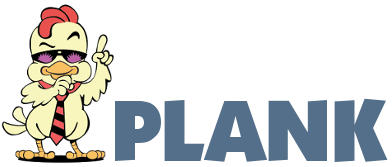Circa: hybrid wonders

Maryse Zeidler: I think it would be safe to start by saying wow. I mean, really, wow.
I may be one of the few people who often finds circus acts kind of boring - sitting through one circus act after another just isn't enough to keep me going - but Circa is such an interesting blend of circus with a hint of dance that I was pretty much enthralled throughout. As I sat through the first ten minutes of the show watching the performers slam themselves repeatedly onto the stage and flop about like fish out of water, I was reminded of performances by Vancouver's Holy Body Tattoo, or of b-boys blending tricks and rhythm. The flinging about of the female performers is reminiscent of a (albeit more acrobatic) ballet performance. I wouldn't call this dance, but I really enjoyed how the show plays around with more artistic forms than a traditional circus act.
Bradley Peppinck: I eagerly agree; wow is probably the best way to describe the entire experience of watching Circa. I was really excited by the build-up to the show (a contemporary approach to circus by an internationally-lauded Australian company) but I found that I wasn’t really prepared for the production. You’re right, this shouldn’t be labeled as dance, but the show’s unexpected hybrid of acrobatic wonders and circus tropes was tied together by crafting a performative and artistic tone. I was most impressed by the seemingly effortless blending of those age-old circus tropes, playing with rings and hula hoops, contorting faces and bodies, maneuvers on a suspended rope, with artistic exploration. I think it’s also important to consider that the show’s performative atmosphere wasn’t merely tokenism. It sounds odd, but I was very touched by many elements of the show. The audience was guided from heartfelt laughter, to edge-of-your-seat tension, to seemingly intellectual ponderings. At the climax of the show, when one of the female performers walked out in bright red stilettos and walked/danced over the body of one of the male performers, I think that there were some obvious political messages coming out.
What do you think, Maryse? Am I reading too much into it?
Maryse Zeidler: I don't think you're reading too much into it. I'm definitely with you on the political overtones. I mean, if a woman in red stilettos kneeling on the small of a man's back and pulling his head back by his hair back isn't a bit political, I'm not sure what is. After that scene, our Bulgarian colleague sitting next to us turned to me and said: "That's marriage."
So true.
Other than that moment, I feel as though there are recurring submission/domination overtones throughout the performance, some of them humourous and some of them more sexually charged. Beyond the usual push and pull required of a balancing act, the performers often step or stand on each other in a way that suggests a power-based relationship. I’m not talking about the three-person balancing act, but smaller moments like performers pushing each other face-down onto the floor and stepping on their backs as they exit the stage. I would have laughed if it weren’t for the empty gaze of the contortionist with her face crumpled against the stage. I mean, I wouldn't dwell on it as the main theme, but it’s certainly there. For me, another part that takes the show beyond a traditional circus act is the music. From Amon Tobin-like drum and bass to Jacques Brel to moody Radiohead covers, the music really sets the tone.
Bradley Peppinck: As a newcomer to the realm of dance influenced circus performances, I was initially taken aback by the use of music and lighting to set the tone. At times, it did seem heavy-handed – for example, the use of spotlights against an empty stage and how much each act was defined by the beats from the music. But overall I think it was well used here, as there was an almost self-conscious and reflexive attitude to their use. I’m thinking specifically of the ‘strong man’ freak-show shows of strength, when he would coyly play with the spotlights before and after doing a flip.
Maryse Zeidler: Ah yes, the strong man. He's a gifted acrobat, although by far my favourite was the contortionist who performs the hula hoop feat - she watches the audience with such a steady stare that she had me won over by time she performed her first back bend.
I don't think I agree with the music and lights being heavy-handed. They simply seemed playful to me. The main criticism I have of the show as a whole is the transitions. They seemed abrupt at times, and I think this may be in part because of the music; the juxtaposed songs vary wildly from quiet French songs to pulsating drum and bass, and although this gave balance to the pace overall, it was sometimes a bit jarring. It’s the one-act-after-another part of circus arts that I don't particularly enjoy. Since this piece plays around so well with artistic forms, I wonder if it might benefit from some sort of narrative to make it more cohesive.
Bradley Peppinck: I see your point that a narrative might give it some form of cohesive structure, but I disagree that it would benefit the show. I really enjoyed the overall composition as it stands: individual acts that showcase a particular performer and his or her skills sandwiched between group pieces that delve into more overtly political themes. The entire performance navigated comfort, awe, and humour without the need of one central or over-arching theme.
I take from the piece the idea that we should go to the circus for entertainment. This was escapism in the form of muscles, acrobats, and performance. The show was intimate and casual at times, inciting immediate and spontaneous responses from the audience. It succeeded in playing with the spectator, making us grimace and laugh, all to have some fun on Friday night.



